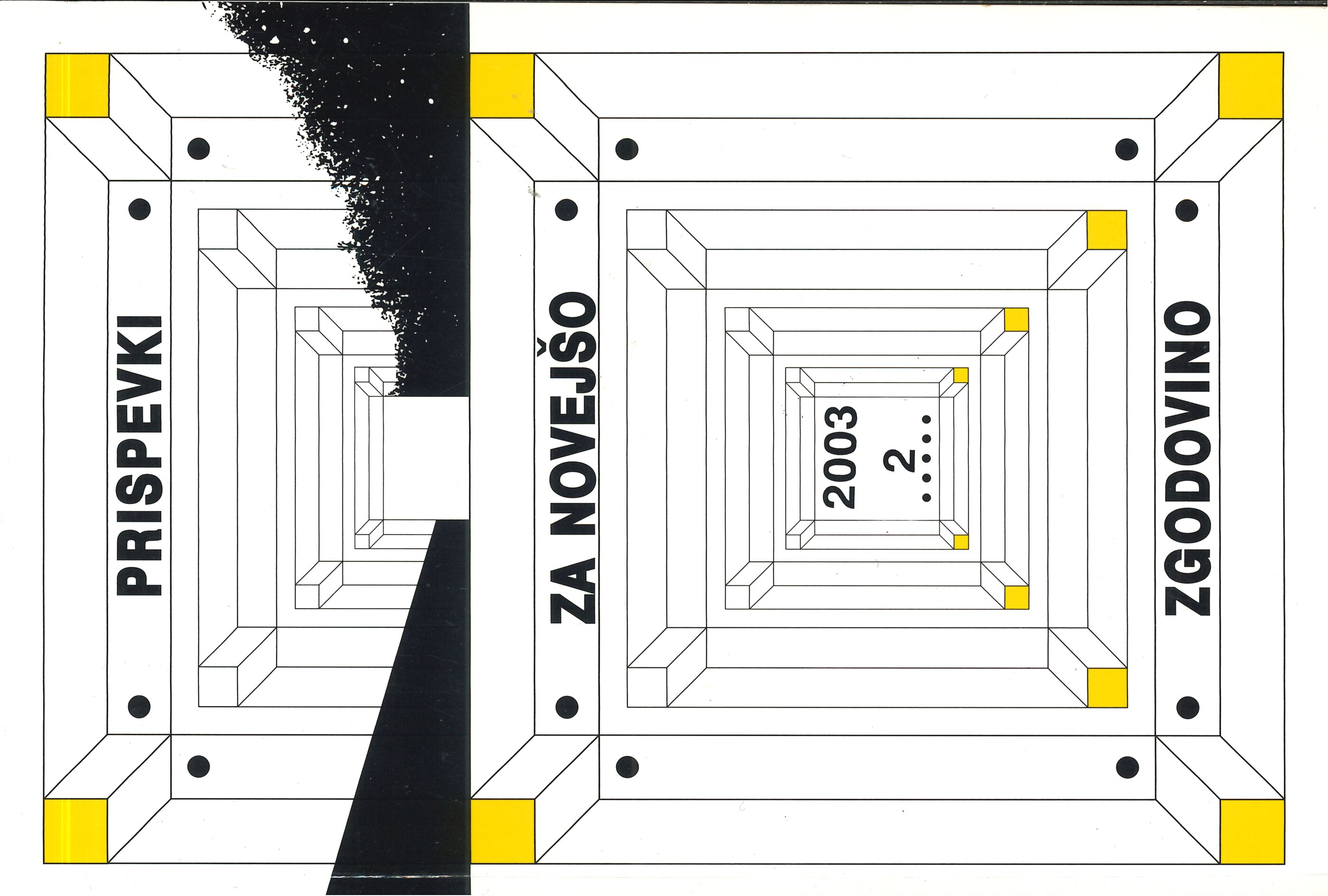Srednja Evropa
Mit ali (tudi) stvarnost?
Ključne besede:
Srednja Evropa, multikulturnost, multinarodnost, Nemčija, federalizem, Mitteleuropa, meščanstvoPovzetek
Avtor v članku, v katerem navaja zgodovinske okoliščine oblikovanja srednjeevropskega prostora, izraža prepričanje, da Srednje Evropa ni bila nikoli le ideja, temveč vsaj od 18. stoletja poseben prostor med evropskim Vzhodom in Zahodom. S primerjavo razumevanja Srednje Evrope slovenskega pesnika in politika Edvarda Kocbeka in madžarskega publicista Istvana Biba, razkriva, da sta bili v razvoju srednjeevropske ideje od začetka 19. stoletja do 2. svetovne vojne dve težnji: ena, ki je iskala rešitev iz srednje evropske razdrobljenosti in zaostalosti v federalnem povezovanju srednjeevropskih držav, in druga, ki je zastopala stališče, da je Srednja Evropa sestavni del nemškega kulturnega in gospodarskega prostora. Ideja nemške Mitteleurope je z nacizmom zmagala, zato se je po 2. svetovni vojni zdelo, da je ideja kompromitirana. Obudili so jo v osemdesetih letih 20. stoletja predvsem poljski, češki in madžarski politični disidenti, po padcu 'berlinskega zidu' pa je izgubila na pomenu.
Prenosi
Objavljeno
Številka
Rubrika
Licenca
Avtorji prispevkov, objavljenih v tej reviji, soglašajo z naslednjimi pogoji glede avtorskih pravic:
- Avtorji ohranijo avtorske pravice, reviji pa odobrijo pravico do prve objave. Delo se hkrati zaščiti z licenco za prosto uporabo avtorskih del (Creative Commons Attribution License), ki drugim osebam omogoča deljenje dela ob priznanju avtorstva in prve objave v tej reviji.
- Avtorji lahko sklenejo ločene dodatne pogodbene dogovore za neizključno distribucijo različice dela, objavljene v reviji, (npr. oddaja v institucionalni repozitorij ali objava v knjigi) z navedbo, da je bilo delo prvič objavljeno v tej reviji.
- Pred postopkom pošiljanja in med njim lahko avtorji delo objavijo v spletu (npr. v institucionalnih repozitorijih ali na svoji spletnih strani), k čemer jih tudi spodbujamo, saj lahko to prispeva k plodnim izmenjavam ter hitrejšemu in obsežnejšemu navajanju objavljenega dela (glej The Effect of Open Access).


